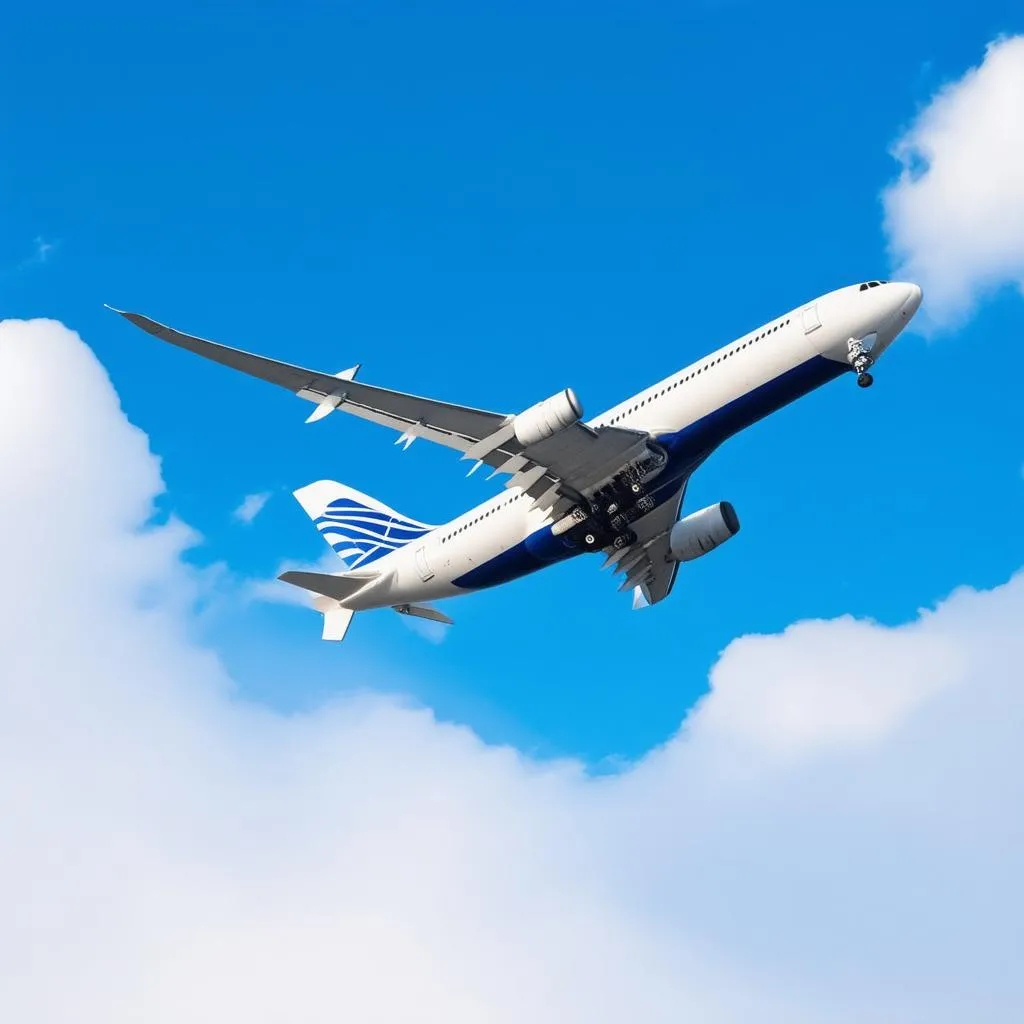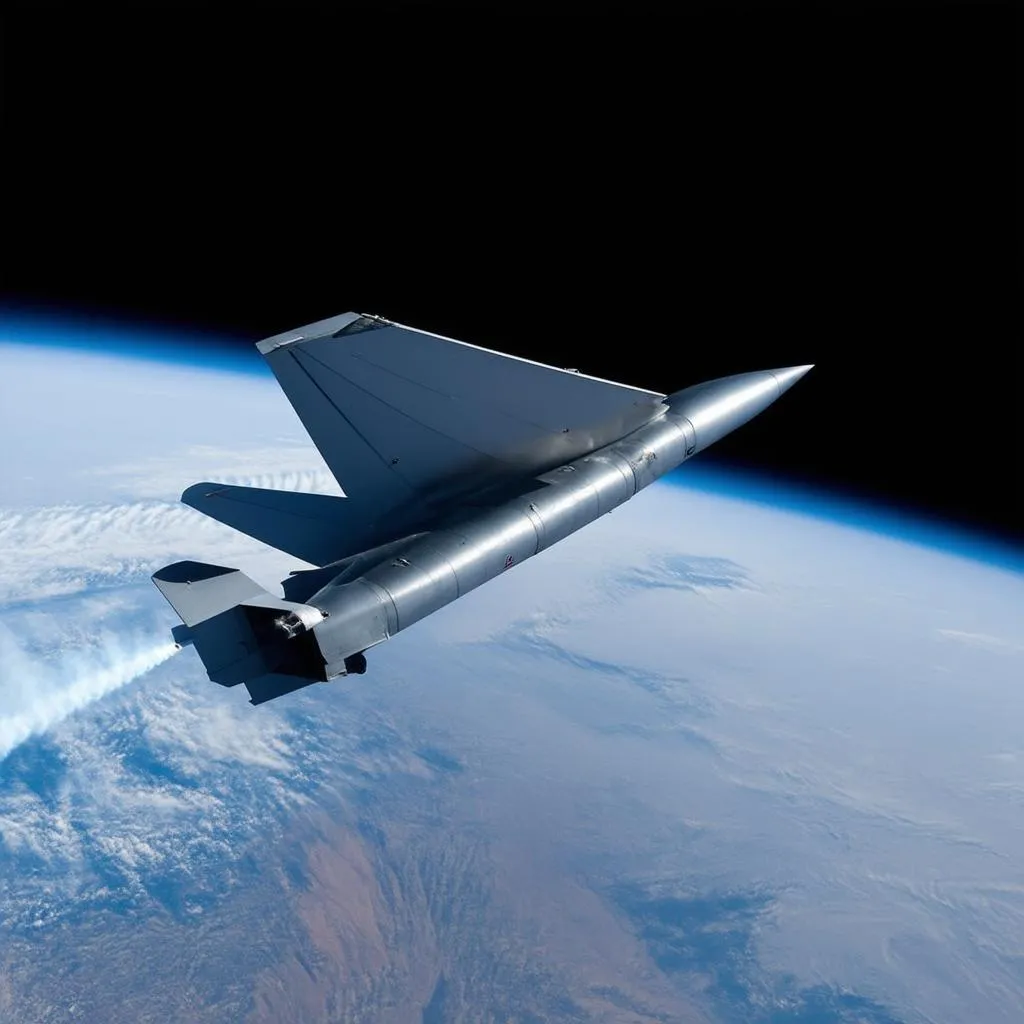Have you ever looked out the window of an airplane, marveling at the world shrinking beneath you, and wondered, “Just how fast am I actually going?” It’s a question that has intrigued travelers and aviation enthusiasts alike. Join us as we delve into the fascinating world of commercial air travel and uncover the secrets behind those impressive speeds.
Cruising at the Edge of Sound: Understanding Commercial Flight Speeds
While the exact speed of a commercial plane can vary, most jetliners cruise at altitudes of around 35,000 to 42,000 feet, reaching speeds of 460-575 miles per hour (mph) or 740-930 kilometers per hour (kph). That’s about 80% of the speed of sound!
Several factors influence how fast a plane can travel, including:
- Wind conditions: Tailwinds can give planes a boost, while headwinds can slow them down. Imagine sailing with the wind at your back versus against it – the same principle applies to air travel.
- Aircraft design: The shape, size, and weight of an airplane impact its aerodynamic efficiency and, consequently, its speed.
- Altitude: Planes can achieve higher speeds at higher altitudes due to thinner air density, which creates less drag.
 Airplane cruising above the clouds
Airplane cruising above the clouds
Factors Affecting Flight Times: More Than Just Speed
While speed plays a significant role, other factors can influence the overall duration of your journey:
- Air traffic control: Just like cars on a busy highway, planes need to follow specific routes and maintain safe distances, which can sometimes lead to delays.
- Route optimization: Airlines carefully plan flight paths to maximize efficiency, considering wind patterns and air traffic.
- Airport procedures: Time spent taxiing, taking off, and landing also contributes to the overall travel time.
Travel Time Comparisons: A Tale of Two Cities
Let’s say you’re traveling from the bustling streets of New York City to the sunny shores of Los Angeles. A direct flight typically takes around 5-6 hours. However, flying from London to Tokyo, a much longer distance, takes approximately 11-12 hours. This difference highlights how factors beyond pure speed come into play.
Supersonic Dreams and the Future of Air Travel
Remember the Concorde, the supersonic passenger jet that could cross the Atlantic in under 3.5 hours? While it’s no longer in service, the dream of supersonic air travel hasn’t faded. Companies are actively developing new technologies to make supersonic flights commercially viable again, potentially revolutionizing long-haul travel.
 A sleek, futuristic supersonic aircraft
A sleek, futuristic supersonic aircraft
Frequently Asked Questions: Satisfying Your Air Travel Curiosities
Q: Why don’t commercial planes fly faster?
A: While technology exists for faster planes, airlines prioritize fuel efficiency and cost-effectiveness. Flying at slightly lower speeds helps reduce fuel consumption and keeps airfares competitive.
Q: What’s the fastest commercial plane?
A: Currently, the title of the fastest commercial plane goes to the Boeing 747-8i, which can reach speeds of up to Mach 0.86, just shy of the speed of sound.
Q: Do planes fly faster with or against the Earth’s rotation?
A: This is a common misconception. While the Earth does rotate, it doesn’t significantly impact flight times. The atmosphere rotates along with the Earth, and planes travel within this rotating system.
Travelcar.edu.vn: Your Gateway to Travel Knowledge
Looking for more travel tips, insights, or inspiration for your next adventure? Explore the wealth of resources available at travelcar.edu.vn. From the historical landmarks of Rome to the vibrant culture of Tokyo, we provide valuable information to help you plan your perfect trip.
Discover the world with confidence. Visit travelcar.edu.vn today!